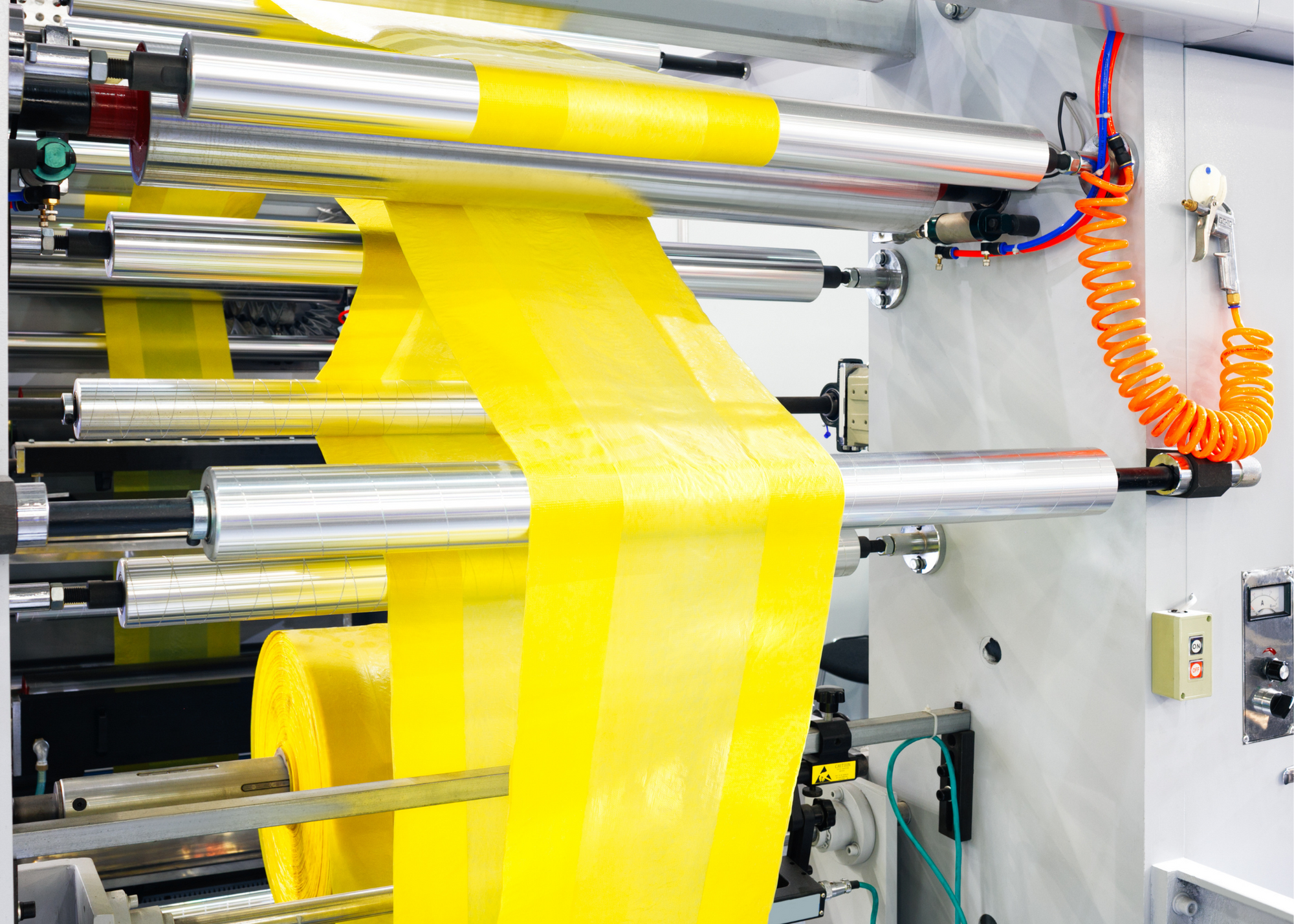In the intricate dance of modern machinery, precision is king. Among the diverse challenges faced by the industrial sector, the task of maintaining correct web tension is paramount, particularly in industries where materials are processed in a continuous flow. From the printing presses churning out newspapers to the manufacturing lines producing rolls of fabric, the ability to control tension accurately ensures quality, efficiency, and the prevention of material waste.
Enter the Pythagorean Theorem, a principle as old as the ancient civilizations but astonishingly relevant in today’s advanced technological arena. The theorem is named after the Greek philosopher Pythagoras, born about 570 BC. Proved numerous times by many different methods, the proofs are diverse, including both geometric and algebraic methods, with some dating back thousands of years. A trigonometric approach thought to be impossible by mathematicians for years was solved by two high school girls in March of 2023! This blog post explores how this timeless mathematical concept finds application in solving web tension control problems, turning theory into a tool for practical excellence. The Montalvo Corporation, dedicated to enhancing customer knowledge, dives deep into this topic, bridging the gap between ancient mathematics and modern engineering.
today’s advanced technological arena. The theorem is named after the Greek philosopher Pythagoras, born about 570 BC. Proved numerous times by many different methods, the proofs are diverse, including both geometric and algebraic methods, with some dating back thousands of years. A trigonometric approach thought to be impossible by mathematicians for years was solved by two high school girls in March of 2023! This blog post explores how this timeless mathematical concept finds application in solving web tension control problems, turning theory into a tool for practical excellence. The Montalvo Corporation, dedicated to enhancing customer knowledge, dives deep into this topic, bridging the gap between ancient mathematics and modern engineering.
Overview of Web Tension Control
Before we unveil the role of the Pythagorean Theorem, it’s crucial to understand what web tension control entails. In essence, web tension refers to the tightness or slackness of the material (web) as it moves through a machine. Proper tension control is critical; too much tension and the web may stretch or tear, too little, and it could wrinkle or misalign, leading to substandard products and operational inefficiencies.
The Pythagorean Theorem at Work
The Pythagorean Theorem, stating that in a right-angled triangle, the square of the length of the hypotenuse (the side opposite the right

angle) is equal to the sum of the squares of the lengths of the other two sides (a² + b² = c²), might seem far removed from the world of industrial manufacturing. However, this theorem is crucial in understanding and applying web tension control techniques, especially in systems requiring precise alignment and tension across various angles and dimensions.
Application in Rollers and Pulleys
One of the most common applications of the Pythagorean Theorem in web tension control is found in the setup and calibration of rollers and pulleys that guide the web through a machine. When the web path involves angles or changes direction, engineers must calculate the correct tension to prevent material distortion. Here, by modeling the path changes as a series of right-angled triangles, the Pythagorean Theorem allows for the precise determination of the necessary tension adjustments across different points.

Balancing Tension Across Systems
Another application is in the balancing of tension across systems with multiple rollers at varying heights and distances. The theorem is used to calculate the diagonal distances (hypotenuses) that the web travels, helping engineers to adjust motor torques and speeds to maintain consistent tension throughout the system. This ensures that the web remains at optimal tension, reducing the risk of material damage and ensuring high-quality output.
Real-World Example
Consider a scenario where a web must travel over two rollers placed at different heights, introducing a vertical and horizontal component to the web’s path. By applying the Pythagorean Theorem, engineers can calculate the exact path length of the web. This calculation is critical for setting the appropriate tension, ensuring that as the web transitions between rollers, it remains tight enough to prevent sagging or wrinkling, yet not so tight that it risks stretching or tearing.
Empowering Engineering Excellence
The application of the Pythagorean Theorem in web tension control is a testament to the enduring relevance of mathematical principles in solving modern engineering challenges. By marrying ancient wisdom with cutting-edge technology, The Montalvo Corporation empowers its customers with the knowledge to tackle web tension control issues head-on, fostering innovation, efficiency, and quality in their operations.
The Pythagorean Theorem stands as a beacon of practicality, guiding engineers through the complexities of web tension control with mathematical precision. Its application is a perfect illustration of how timeless principles can provide solutions to contemporary challenges, ensuring that our machines perform with the excellence that modern industry demands.
At The Montalvo Corporation, we are committed to harnessing the power of such knowledge, ensuring that our customers are equipped with the tools and understanding necessary to excel in their fields. Through the fusion of mathematical rigor and engineering expertise, we continue to set new standards in industrial precision and efficiency.


